The Sony a7R IV was announced on July 16th, 2019 and with it the largest megapixel 35mm sensor (61 MP) that Sony has ever put in an Alpha Series camera.
The Sony a7R IV “A” variant was then announced in April 2021 and is pretty much identical to the original model except for a higher resolution (2.36M-dot) LCD.
Fast forward to today and we now have the Sony a7R V, Sony’s 5th generation high resolution full-frame mirrorless camera.
Although both cameras feature the same 61 megapixels, if you look under the hood there are a lot more differences between these two high resolution monsters.
In this article we’ll take a closer look at the key differences between the a7R IV/A and the new kid on the block, the a7R V.

Sony A7R V Forum & Facebook Group
If you are looking for further help and advice on the A7R V or would simply like to share your photos and videos, then please head over to our friendly full-frame Forum. If you prefer Facebook then we also run the Sony A7R V + A7R IV Shooters Group.
Table of Contents[Hide][Show]
First let’s take a quick look at the key features that they share in common:
- 61.0 MP 35mm full-frame back-illuminated Exmor R CMOS sensor
- ISO 100-32000, Expanded ISO 50 to ISO 102400 for stills
- Max 10 FPS (Frames Per Second)
- 26.2 MP (6240 x 4160) APS-C / Super 35 Mode
- 1/8000 to 30 sec shutter speed
- 3:2, 16:9, 4:3 and 1:1 image aspect ratios
- 1/250 s (35 mm full frame), 1/320 s (APS-C) flash sync speed
- NP-FZ100 battery
Key Spec Comparison
Now let’s take a quick look at how the key specifications for each camera compare before digging deeper into the details.
| Specifications | Sony A7R V | Sony A7R IV |
|---|---|---|
| Sensor: | 61.0 MP 35mm full-frame back-illuminated Exmor R CMOS sensor | 61.0 MP 35mm full-frame back-illuminated Exmor R CMOS sensor |
| Processor: | BIONZ XR | BIONZ X |
| Video: | 8K24p (FF) / 4K/60p (FF) 4K30p/24p (FF) 4K30p/24p (S35) | 4K30p/24p (FF) 4K30p/24p (S35) |
| ISO Sensitivity Stills: | ISO 100-32000, Expanded ISO 50 to ISO 102400 | ISO 100-32000, Expanded ISO 50 to ISO 102400 |
| ISO Sensitivity Movies: | ISO 100-32000 | ISO 100-3200 equivalent |
| Still Image Formats: | Lossless RAW, compressed RAW, uncompressed, RAW, HEIF, JPEG | Compressed RAW, uncompressed, RAW, JPEG. |
| Continuous Shooting Electronic Shutter: | 8 FPS | 8 FPS |
| Continuous Shooting Mechanical Shutter: | 10 FPS | 10 FPS |
| Autofocus Points: | 693 phase detection points | 567 phase detection points |
| Autofocus Subject Detection: | Humans, Animals, Birds, Insects, Cars & Trains, and Aircraft | Humans, Animals |
| Stabilization: | 5-axis (8-stops) | 5-axis (5.5-stops) |
| EVF: | 9.44 million dots | 5.76 million dots |
| LCD: | 2,095,104 million dots | 2,359,296 million dots |
| LCD Type: | Fully articulating with tilt | Tilting |
| Image Buffer: | JPEG Extra fine L: over 1000 frames, JPEG Fine L: over 1000 frames, JPEG Standard L: over 1000 frames, RAW: 583 frames, RAW & JPEG: 184 frames, RAW (Lossless Compressed): 547 frames, RAW (Lossless Compressed) & JPEG: 159 frames, RAW (Uncompressed): 135 frames, RAW (Uncompressed) & JPEG: 88 frames | JPEG Extra fine L: 68 frames, JPEG Fine L: 68 frames, JPEG, RAW: 68 frames, RAW & JPG: 68 frames, RAW (Uncompressed): 30 frames, RAW (Uncompressed) & JPG: 30 frames |
| Electronic Shutter: | 1/8000 to 30 sec | 1/8000 to 30 sec |
| Mechanical Shutter: | 1/8000 to 30 sec | 1/8000 to 30 sec |
| Memory Card Slots: | Two Dual Slots. CFexpress Type-A and UHS II/I SD cards are supported in both slots. | Two Slots. UHS II/I SD cards are supported in both slots. |
| Focus Bracketing: | Yes | No |
| Wireless LAN (Built-In): | IEEE 802.11a/b/g/n/ac (2.4GHz band/5GHz band) + 2×2 MIMO | IEEE 802.11 a/b/g/n/ac [2.4-GHz band /5-GHz band]) |
| USB: | Yes (SuperSpeed USB 10 Gbps (USB 3.2) compatible) | Yes (SuperSpeed USB 5Gbps (USB 3.2) compatible) |
| Dimensions (W X H X D): | Approx. 131.3mm x 96.9mm x 82.4mm | Approx. 128.9mm x 96.4mm x 77.5mm |
| Weight: | 723 g (1 lb 9.6 oz) | 665g (1lb 7.5 oz) |
| Battery Life Stills: | Approx. 440 shots (Viewfinder) / approx. 530 shots (LCD monitor) (CIPA standard) | Approx. 530 shots (Viewfinder) / approx. 670 shots (LCD monitor) (CIPA standard) |
| Battery Life Video: | Actual: Approx. 90 min (Viewfinder) / Approx. 100 min (LCD monitor) (CIPA standard). Continuous: Approx. 145 min (Viewfinder) / Approx. 150 min (LCD monitor) (CIPA standard). | Actual: Approx. 90 min (Viewfinder) / Approx. 105 min (LCD monitor) (CIPA standard). Continuous: Approx. 160 min (Viewfinder) / Approx. 170 min (LCD monitor) (CIPA standard). |
| Price (MRRP): | $3,898.00 / £3,999.00 | $3,498.00 / £3,199.00 |
Sensor and Processor
Both cameras feature the same 61MP Exmor R BSI CMOS full-frame sensor but Sony says that the new BIONZ XR processor in the a7R V allows it to use the full extent of the sensor’s capabilities in a way that the previous generation a7R IV couldn’t.
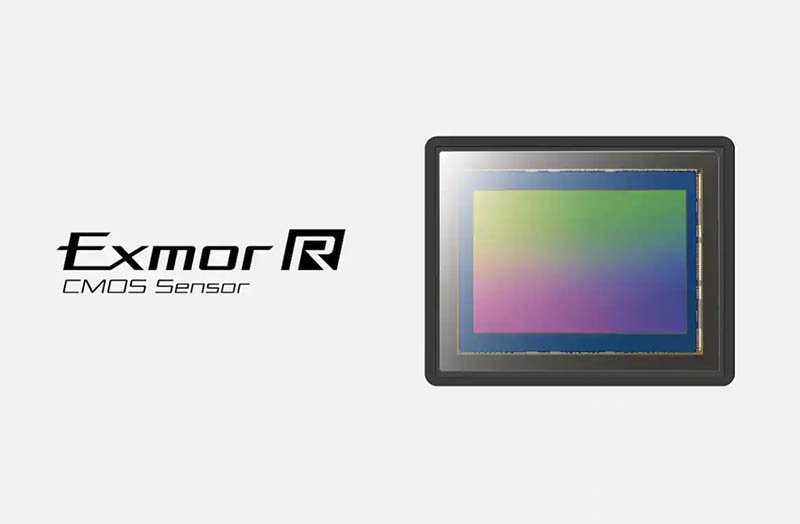
Unfortunately DPReview reported that Sony did not want to explain the differences here in any further detail.
Both sensors feature gapless on-chip lenses, AR coating (anti-reflection seal glass), and the elimination of the optical low pass filter.
Sony does say that the new AI processing unit in the a7R V is specifically dedicated to processing significant amounts of data to enable more accurate recognition of subjects and a wider range of subject types which include: insects, cars, trains and airplanes.
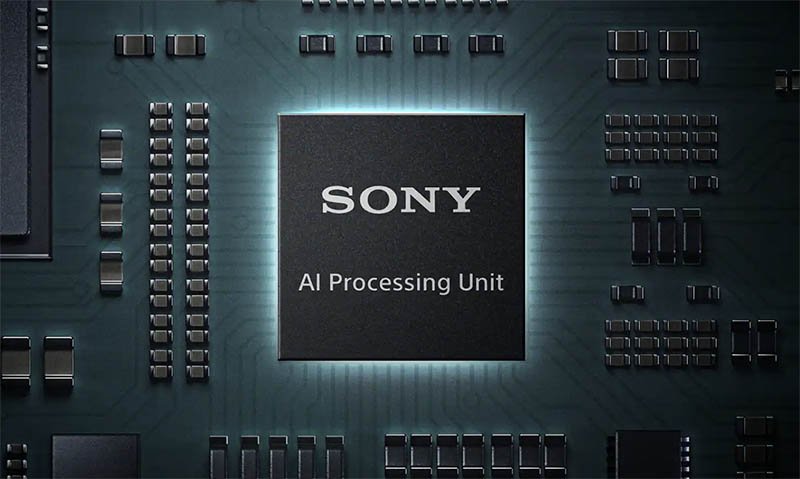
The Sony a7R IV features the Bionz X processor, whilst the new a7R V features a newer Bionz XR processor that Sony claims has up to eight times the processing power of its predecessor.
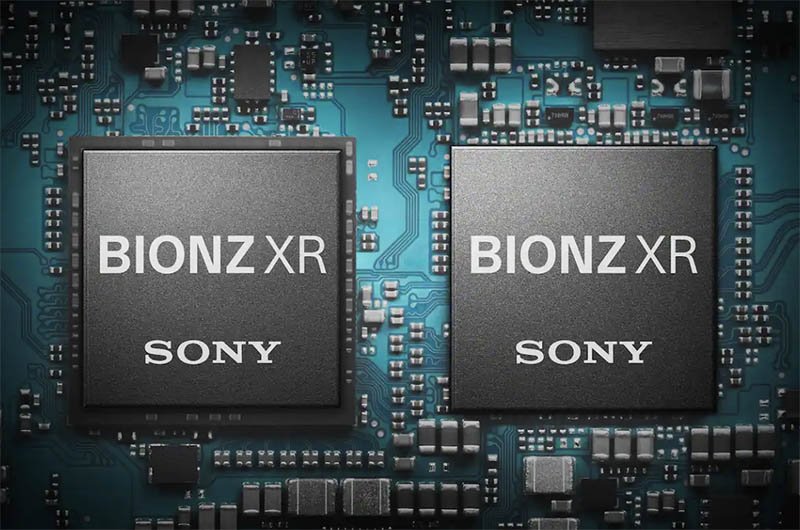
The new BIONZ XR is able to process huge volumes of image data while minimizing latency and markedly boosting the camera’s movie and still-image processing power.
According to Sony the BIONZ XR engine achieves even better exposure control and colour reproduction accuracy. A new AE algorithm is capable of detecting the skin area in faces and controlling exposure accordingly when shooting stills and movies.
Both cameras share an identical ISO range of 100-32000, and expanded ISO 50 to ISO 102400 for stills and ISO 100-32000 for movies.
Still Image Recording Formats
The a7R V now supports the lossless RAW format, with three selectable pixel counts – L (60M), M (26M), and S (15M). Both M and S sizes offer the same resolution in full-frame and APS-C fields of view. JPEG and HEIF formats are also supported

The a7R IV only supports uncompressed, compressed RAW and JPEG still image recording, there’s no option for lossless RAW or HEIF.
In-body Optical Stabilization (5 Axis)
For the first time ever in a Sony Alpha camera the a7R V offers up to 8 steps of stabilization in the camera body alone. This achieves effective stabilization for slow-shutter shots of interiors or night scenes where it is preferable to avoid the need for increased sensitivity.
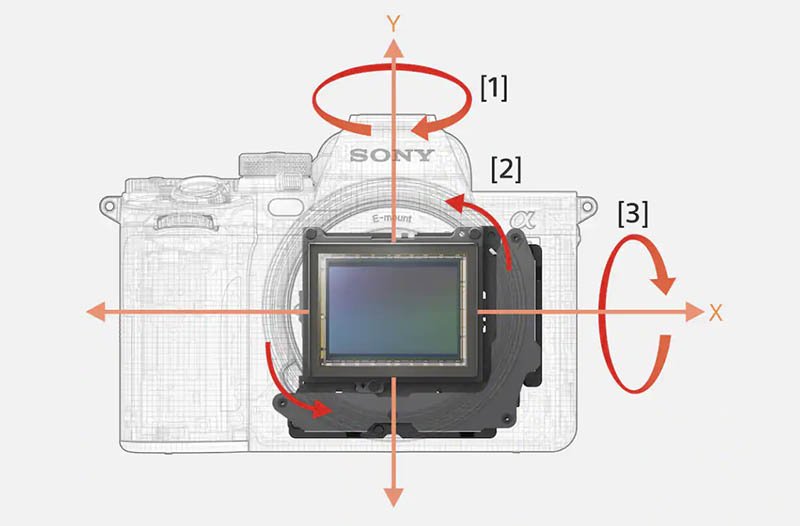
The a7R V also features a new stabilization algorithm that provides precise detection and control right down to the single-pixel level.
The a7R IV also has 5-axis compensation in-body image stabilization (IBIS) but with only 5.5 steps of correction.
Shutter (Electronic & Mechanical)
Both cameras feature an electronic and mechanical shutter that both support a maximum frame rate of 10 FPS.
However, the a7R V also gains an ultrasonic actuator that causes the filter in front of the image sensor to oscillate at more than 70,000 cycles per second, effectively removing dust and particles from the filter surface. There is also a Shutter When Power Off function that closes the shutter for lens changes.

Flicker Suppression
Both cameras offer flicker suppression from artificial lighting but the a7R V also gains a “Variable Shutter” option that allows you to fine-tune shutter speeds to match flicker rates when shooting either stills or movies.
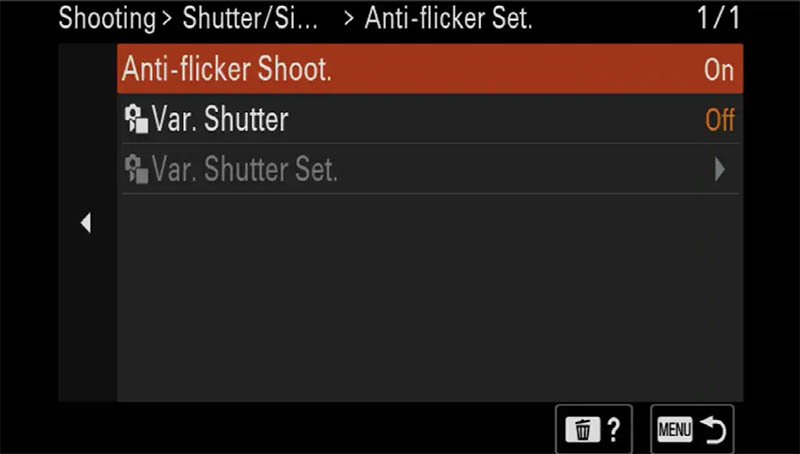
Bulb Timer
The a7R IV only allows you to start and stop the bulb timer manually unless you use an external remote. With the a7R V you can now set a timer between 2 and 900 seconds to automatically stop the exposure.
Drive Speed and Buffer
Both cameras support a maximum drive speed of 10 FPS using their mechanical shutters.
When shooting with the electronic shutter however both cameras now only support a maximum of 8 FPS.
The a7R V however gains a much larger buffer and also the ability to clear the buffer faster during continuous shooting thanks to the faster CFexpress Type-A cards.
Here’s a comparison of the number of shots you can take on each camera before hitting the buffer.
| File Type | A7R V * | A7R IV |
|---|---|---|
| JPEG Extra fine L | Over 1000 | 68 |
| JPEG Fine L | Over 1000 | 68 |
| JPEG Standard L | Over 1000 | |
| HEIF | Over 1000 | – |
| RAW Compressed | 583 | 68 |
| RAW & JPEG | 184 | 68 |
| RAW & HEIF | 213 | – |
| RAW (Lossless Compressed) | 547 | – |
| RAW (Lossless Compressed) & JPEG | 159 | – |
| RAW (Lossless Compressed) & HEIF | 238 | – |
| RAW (Uncompressed) | 135 | 30 |
| RAW (Uncompressed) & JPEG | 88 | 30 |
| RAW (Uncompressed) & HEIF | 101 | – |
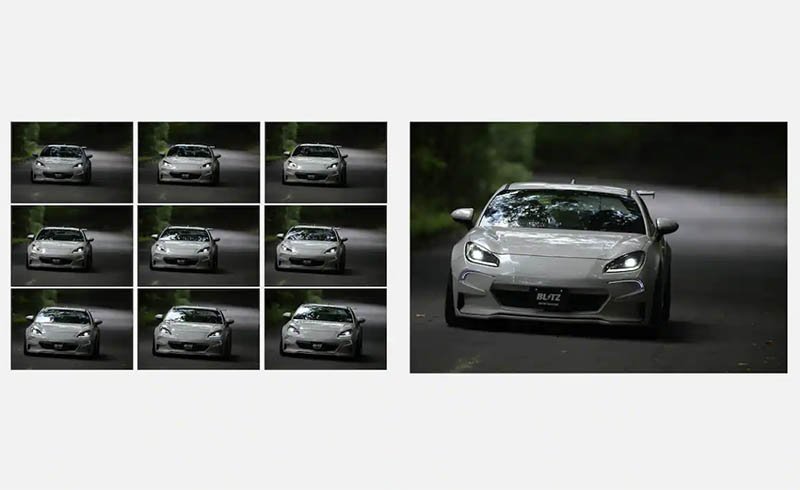
My Sony A7R V Memory Guide provides further details on the supported memory cards and I will also be adding my own speed and buffer tests as soon as the camera is in my hands.
Autofocus
Both cameras feature Sony’s fast autofocus system but the newer a7R V AF system delivers dramatically enhanced overall performance, drawing on major improvements in subject recognition performance.
Deep learning technology supports powerful Real-time Recognition AF as well as more reliable Real-time Tracking which is supported by higher Fast Hybrid AF performance over a wider area.
The latest AF algorithms in the a7R V enable high AF precision down to light levels as low as EV -4.0 in AF-S mode, whereas the a7R IV goes down to EV -3.0.

Both cameras feature a Focus Priority mode that provides more reliable AF in low light or when using smaller apertures.
AI-based Real-time Eye AF and Real-time Tracking
Although the a7R IV features real-time Eye AF and tracking, the new a7R V takes things a step further by using state-of-the-art AI processing that uses detailed information about human forms and postures to dramatically improve the camera’s subject recognition accuracy.
Sony claims that the a7R V improves human eye recognition over the a7R IV by around 60%.
Also, subject recognition has been expanded to include a number of new subject types, including vehicles (cars, trains, airplanes) and insects.
The a7R V now also recognizes heads and bodies in addition to eyes (Real-time Eye AF) for the Human, Animal, and Bird settings.
Here’s a comparison of the subject recognition between the two cameras:
| A7R V Stills | A7R V Movie | A7R IV Stills | A7R IV Movie | |
|---|---|---|---|---|
| Human | Yes Face & Eye + Human Pose Estimation | Yes Face & Eye + Human Pose Estimation | Yes Face & Eye | Yes Face & Eye |
| Animal | Yes Eyes, Head & Body | Yes Eyes, Head & Body | Yes Eye (but not with real-time tracking) | – |
| Bird | Yes Eyes, Head & Body | Yes Eyes, Head & Body | – | – |
| Insect | Yes | Yes | – | – |
| Car / Train | Yes | Yes | – | – |
| Airplane | Yes | Yes | – | – |
Phase / Contrast Detection AF Area and Points
The a7R V features up to 693 phase-detection points in a high-density array that covers approximately 79% of the image area.
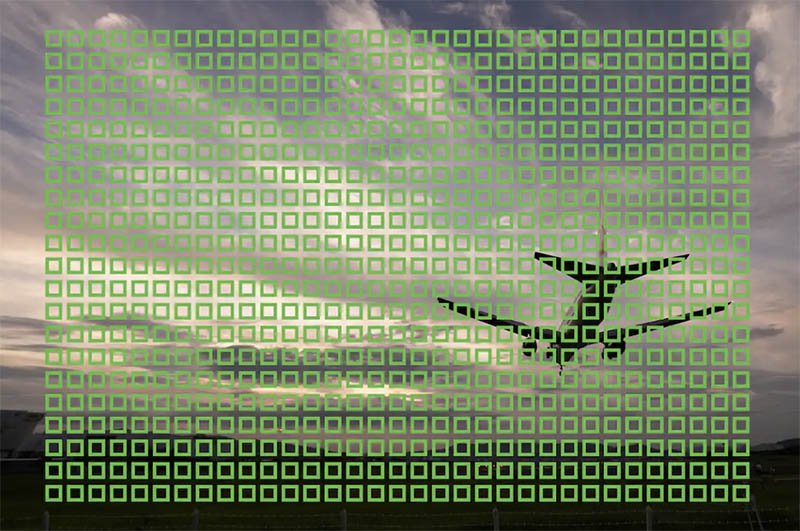
The number of AF points used when shooting stills does however depend on the selected shooting mode. When shooting stills, 693 phase detection points are used when a full-frame lens is mounted, in APS-C mode 693 phase detection points are also used with a full-frame lens. With an APS-C lens in APS-C mode this reduces to 567 points.
The a7R IV features 567 phase-detection AF points in full-frame mode with a full-frame lens, 325 points in APS-C mode with a full-frame lens, and 247 phase-detection points with an APS-C lens.
Full-time DMF
The a7R V gains full-time DMF for shooting stills with AF-C or AF-S autofocus. This lets you rotate the lens’s focus ring to instantly switch to manual focus mode at any time when using a supported lens.
Improved Accuracy of WB Control
The a7R V’s AWB function has evolved over the a7R IV in tandem with the camera’s AI capabilities.
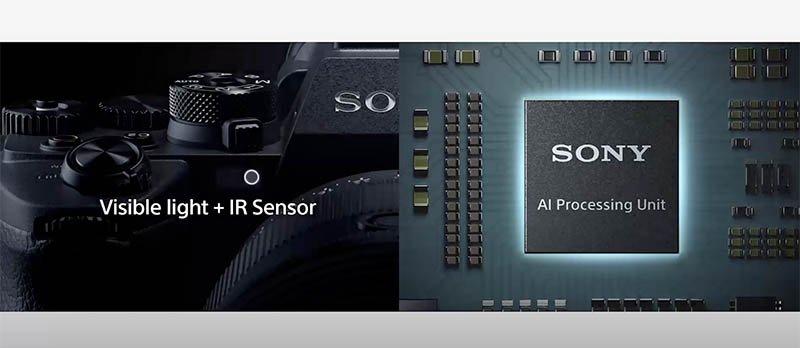
In addition to the “Visible Light + IR sensor” found on the front of the a7R V, the camera’s AI processing unit helps to achieve more accurate white balance in difficult lighting, such as when the subject is in shadow.
Focus Bracketing
The a7R V is the first Sony camera to have a focus bracketing function built-in. It’s selected as a Drive mode and you can select the ‘step-width’ between the different focus distances and the number of shots it takes (up to 299).
In the menus you can choose whether the camera continues to focus further beyond the current point or whether it focuses both nearer and farther than the current point.
Exposure smoothing, exposure delay to allow flash recycling and the option to save bracketed images to a separate folder are also options.
Unfortunately if you wish to stack and combine a set of focus bracketed images, you’ll need to use Imaging Edge Desktop.
Video
The a7R V can capture UHD 8K video at up to 24p/25p from a 1.24x cropped region of its sensor, capturing native 7860 x 4320 pixel footage, whilst the a7R IV is limited to 4K/30p 8-bit, both internally and over HDMI .
Here’s a comparison of the key video specs between each camera:
| A7R V | A7R IV | |
|---|---|---|
| File Format | XAVC HS 8K / XAVC HS 4K XAVC S 4K / XAVC S HD XAVC S-I 4K / XAVC SI HD | XAVC S 4K / XAVC s HD |
| Frame Rate | 8K24p (FF) / 4K/60p (FF) 4K30p/24p (FF) 4K30p/24p (S35) | 4K30p/24p (FF) 4K30p/24p (S35) |
| Color Sampling / Bit Depth (up to) | 4.2.2 / 10-bit | 4.2.0 / 8-bit |
| Creative XXX | Creative Look | Creative Style |
| S-Cinetone | Yes | – |
| Flexible Exposure Mode | Yes | – |
| Audio | 48kHz/24bit 4ch Digital Audio Interface | 2ch Digital Audio Interface |
| Active Mode (Image Stabilization) | Yes | – |
| AF Assist | Yes | – |
| Focus Map | Yes | – |
| Breathing Compensation | Yes with Catalyst | – |
| AF Drive Speed / Transition Speed | 1 to 7 | Fast/Normal/Slow |
| AF Tracking Sensitivity / AF Subject Shift Sensitivity | 1 to 5 | Responsive/Standard |
| Self-Timer | Yes | – |
The a7R V can also record UHD 4K footage at up to 30p from its full sensor width. There’s also the option to capture 4K at up to 60p from the 8K region of the sensor or 6.2K oversampled 4K from the APS-C / Super35 region of the sensor.
However, according to DPReview there’s significant rolling shutter in 8K mode and in the oversampled APS-C 4K modes. It’s a little better in the camera’s full-width 4K modes but it’s only really in the cropped 4K/60p setting that its well-controlled.
The a7R V makes use of the same heat-dissipation technology found in the a7S III allowing it to record 30 minutes of 8K when the Auto Power OFF Temp is set to High.
Jerald Undone has tested the movie recording of the a7R V in his review and achieved the following record times before the battery died and with Auto Power OFF Temp set to High:
- 8K24 = 1h34 (camera very hot to touch)
- 4K60 = 2h25 (camera warm)
- APC-C = 2h10 (camera hot)
- 4K Full-Frame = 2h33 (camera barely warm)
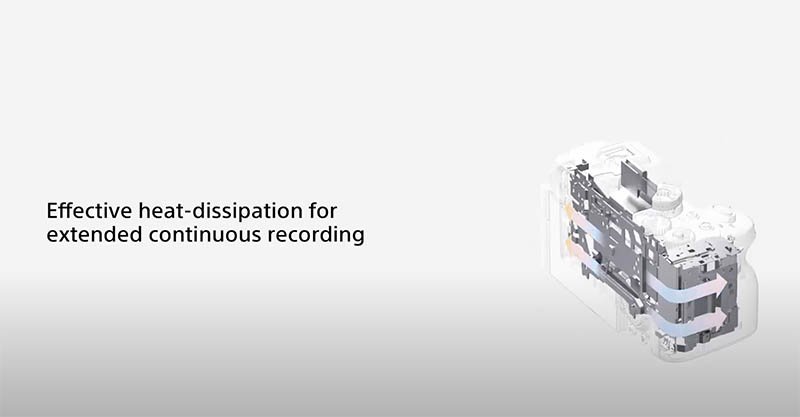
The a7R IV supports XAVC S whereas the a7R V also supports XAVC S-I providing Long-GOP or All-I H.264 options, while the XAVC HS mode uses H.265 compression.
You’ll find S-Log3 and HLG on both the a7R IV and a7R V, but only the a7R V features Sony’s S-Cinetone profile.
The a7R V also gains Active SteadyShot mode which adds electronic stabilization by using a constantly changing region of the sensor to provide a greater magnitude of shake correction.
A slight image crop is applied in Active Mode and it’s not available when recording XAVC HS 8K or using a frame rate of at 120 (100) fps or higher.
Here’s an example video showing Active Steadyshot in action with the Sony a1:
The a7R V also records the camera’s gyro data as you’re shooting, allowing digital correction to be applied to footage (including 8K capture) using Sony’s Catalyst software.
The a7R V also provides various movie tools such as a clear recording tally frame on the display, Flexible Exposure mode, WB adjustment while recording, new Shot Mark aspect markers, and a movie self-timer. There’s also Focus Map display and Breathing Compensation.
A ’16-bit’ Raw video stream can be output over the a7R V’s HDMI port for capture as ProRes RAW by an Atomos Ninja V or V+.
The a7R V gets Ten Creative Look presets to create other interesting visual moods in-camera, with each look having 8 parameters that can be adjusted. Or you can use S-Log3 gamma to access the camera’s full dynamic range (15+ stops) for smoother post-production workflows. The Creative Looks are supported for both video and stills.

Camera Body & Controls
The a7R V gains a little weight and size at 723 g (1 lb 9.6 oz) vs 665g (1lb 7.5 oz) for the a7R IV.
- A7R V: 131.3mm x 96.9mm x 82.4mm 723 g (1 lb 9.6 oz)
- A7R IV: 128.9mm x 96.4mm x 77.5mm 665g (1lb 7.5 oz)
Sony a7R V

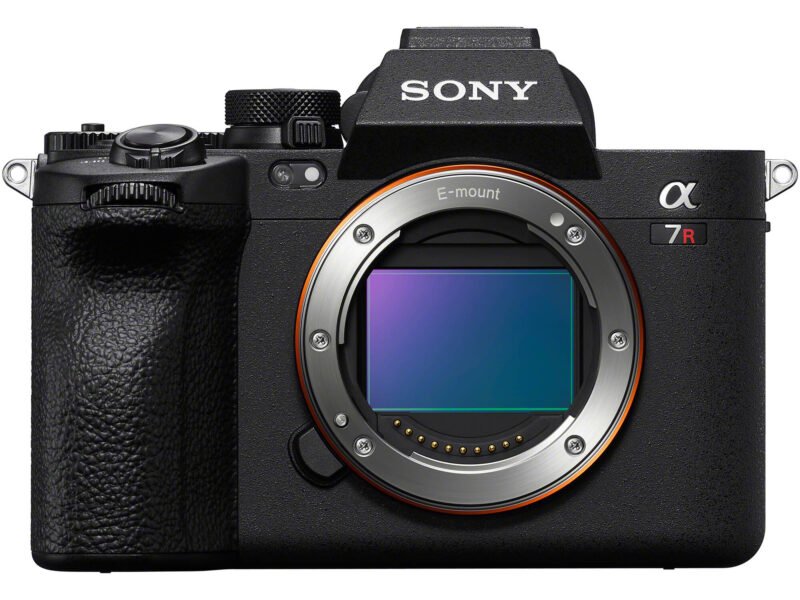
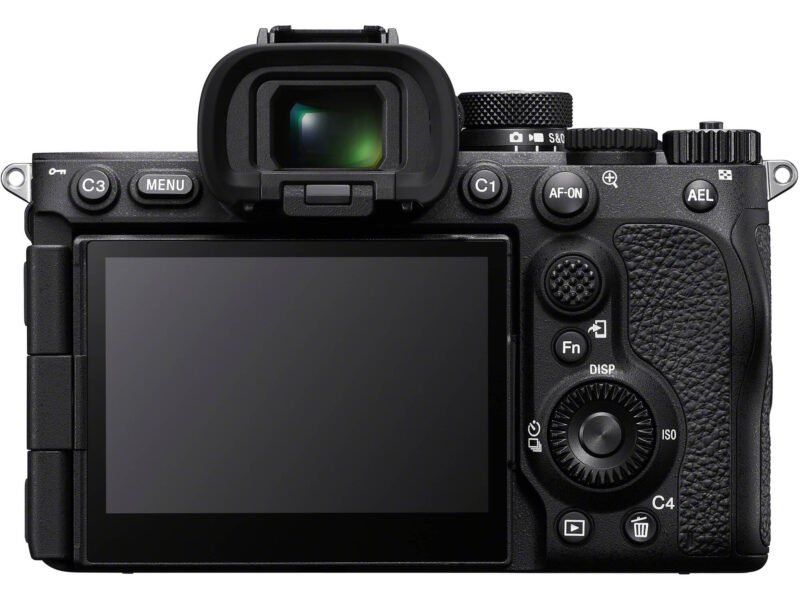
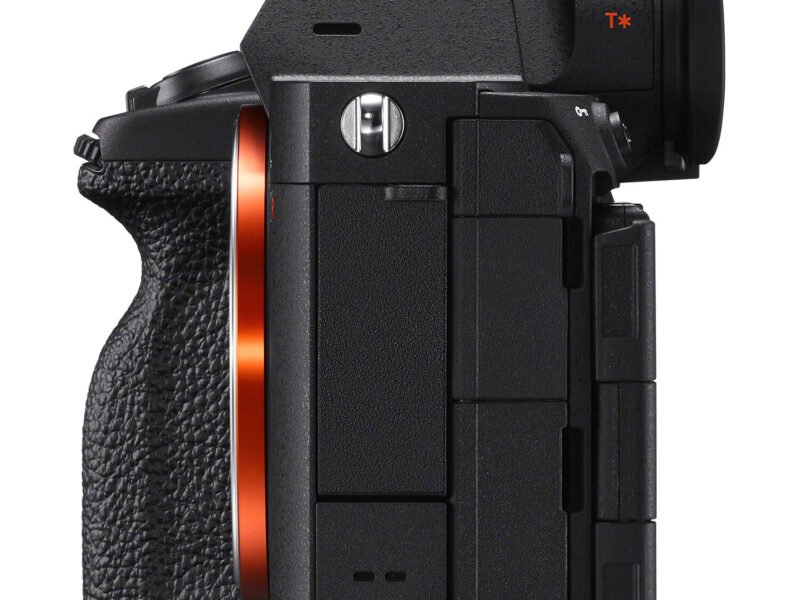
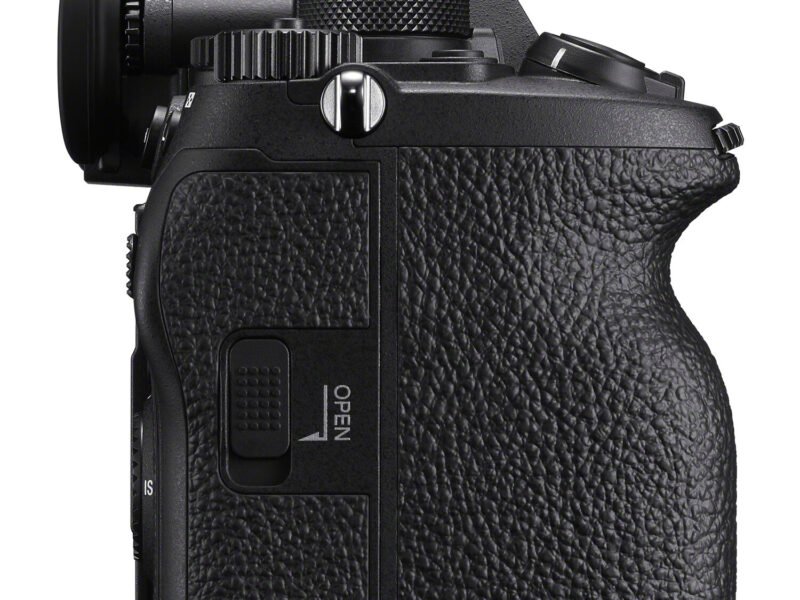
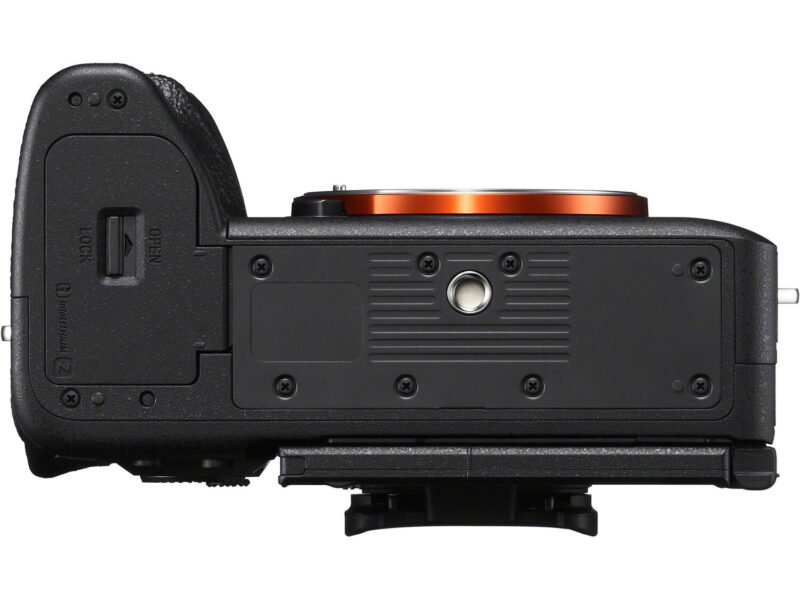
Sony a7R IV
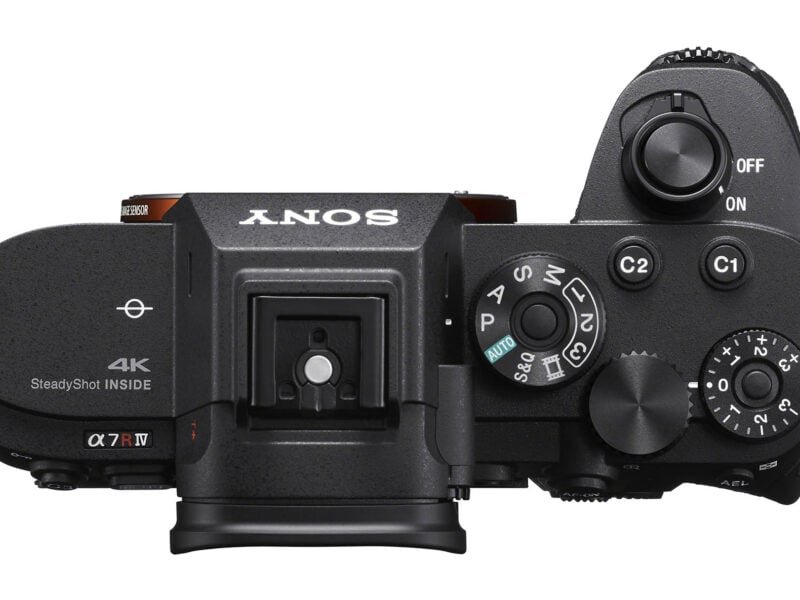
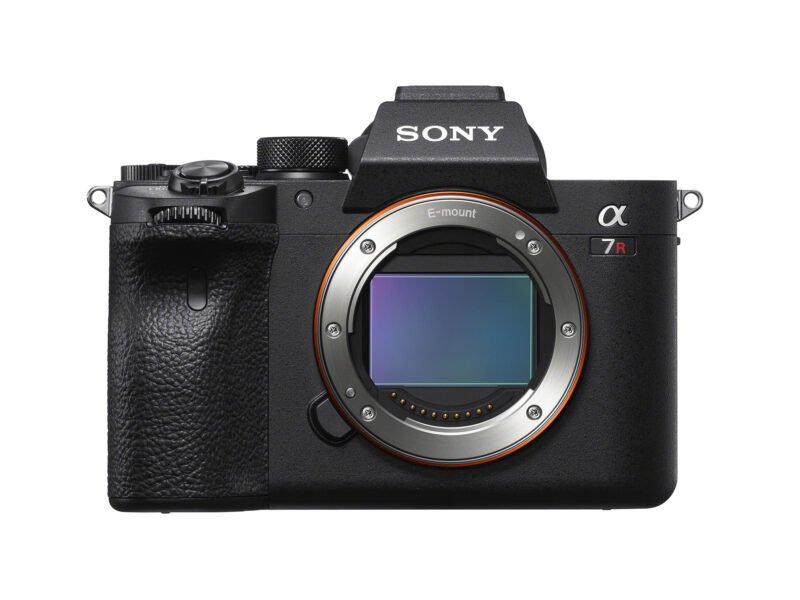
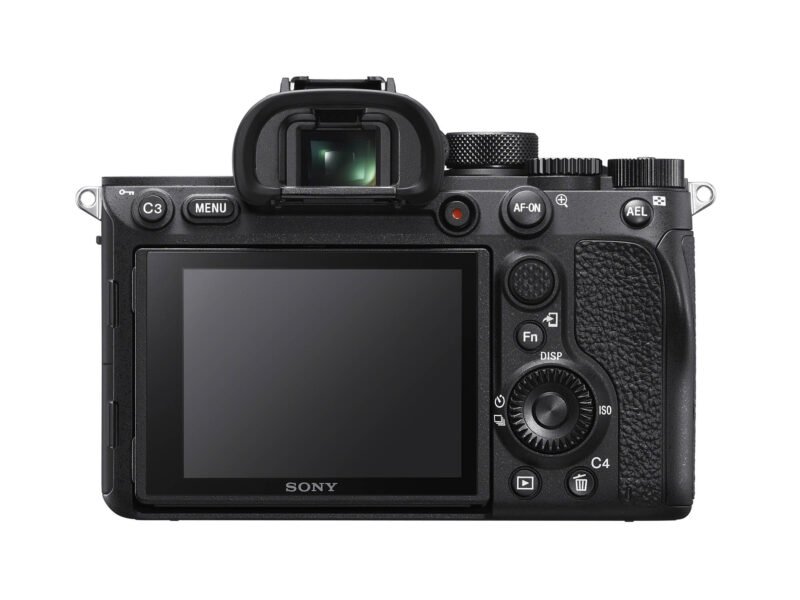
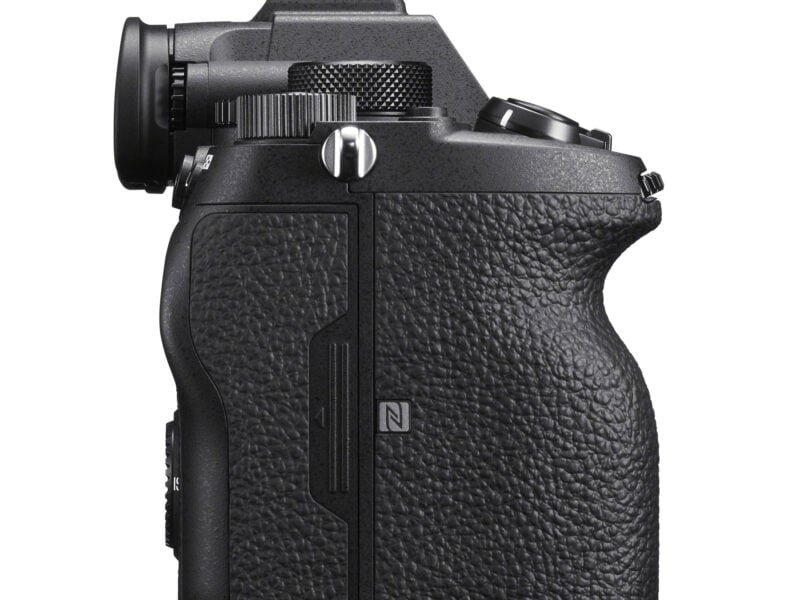
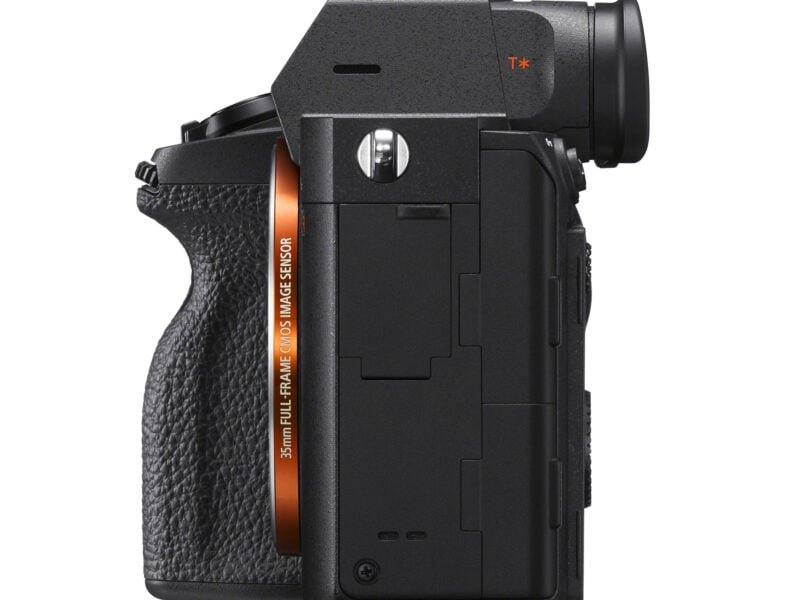

Although the bodies do look very similar, if you start to look a little more closely you’ll see the following key differences:
- Both camera’s grips and dials are very similar but the [REC] button on the a7R V has swapped places with one of the numbered Custom buttons so that it now sits on top of the camera, just behind the shutter button.
- The mode dial features an additional dial on the a7R V that lets you switch between stills, movies and S&Q mode.
- On the front of the a7R V you can also find the new white balance sensor that helps to improve the Auto White Balance performance, especially in video mode.
- If you take a closer look at the ports you’ll find that the flash sync terminal offered by the a7R IV is still present, but it’s now joined by a full-sized HDMI port, the a7R IV featured a micro HDMI port.
- The USB C port has also been upgraded to the USB 3.2 Gen 2 10Gbps vs 5Gbps in the a7R IV. The USB socket can also, via an adapter, allow the camera to connect to an Ethernet LAN.
Electronic Viewfinder and LCD Display
The a7R V gets a new 9.44 million dot electronic viewfinder with 0.90x magnification, this compares to the 5.76 million dots and 0.78x magnification found in the a7R IV. However, you will need to engage the ‘Display Quality: High’ option in order to get the LCD’s full resolution when shooting.
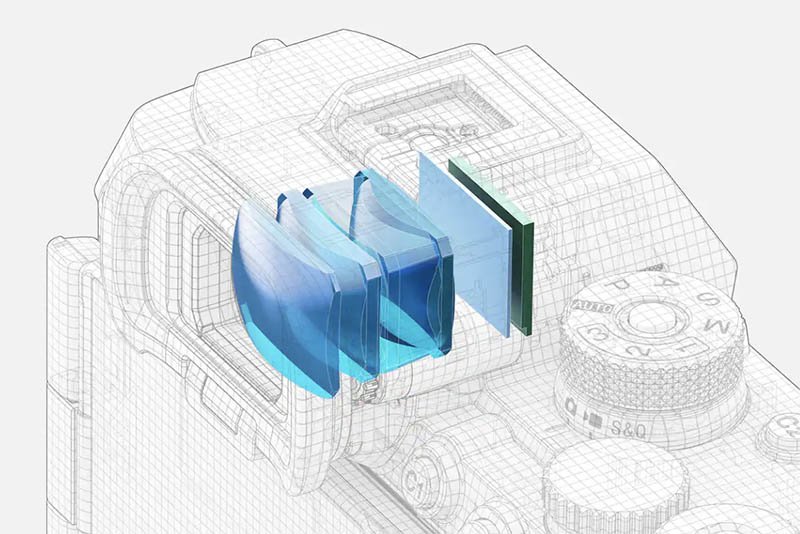
The a7R V also gains a new fully articulating LCD with tilt (opening angles (approx.): Up 98°, down 40°, side 180°, rotation 270°). The a7R IV on the other hand is restricted to tilting upwards and downwards only (up by approx. 107 degrees, down by approx. 41 degrees).
Both LCDs are similar in terms of resolution with the a7R V featuring 2,095,104 million dots and the a7R IV 2,359,296 million dots. The a7R V’s LCD is slightly larger at 3.2″ vs 3.0″ for the a7R IV.
Menu
The Sony a7R IV features Sony’s now rather old and unintuitive menu system which is forever being complained about.
Thankfully the a7R V features Sony’s new and much improved menu system that can also be found in the Sony a1 and a7 IV.
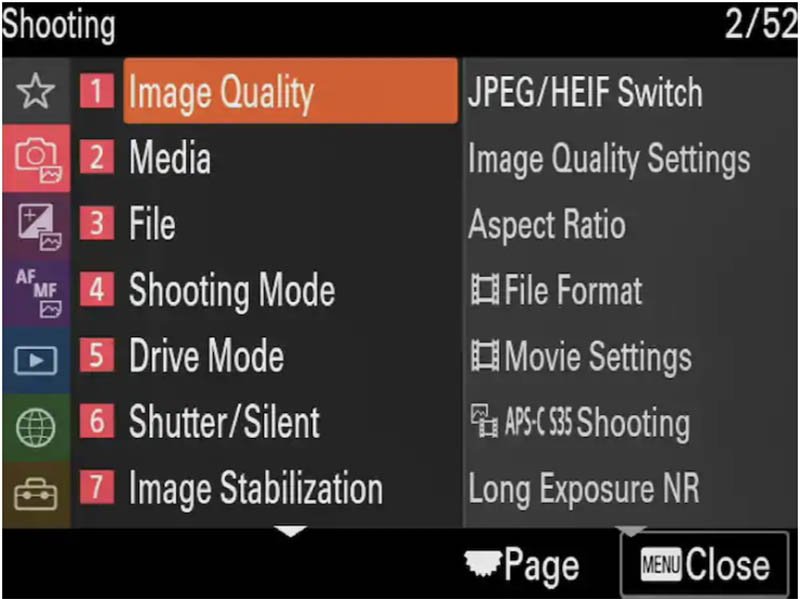
Menu options are arranged as vertical tabs with sub-categories that expand to show sub-menus.
The Fn menu can also be customized with up to 12 options and separately configured for stills and video shooting with the a7R V.
Memory Cards
Both cameras have two memory cards slots. But whereas the a7R IV only supports UHS-I / UHS-II SD cards in both slots, the a1 supports the much faster CFexpress type A cards and UHS-I / UHS-II as well (just not at the same time).

My Sony A7R V Memory Card Guide provides further details on the supported memory cards for the a7R V.
Connectivity
Although both cameras can be shot tethered via USB or or dual-band 2.4 GHz or 5GHz wireless, the a7R V’s Wi-Fi now offers 2 x 2 MIMO (multiple in, multiple out) compatibility.
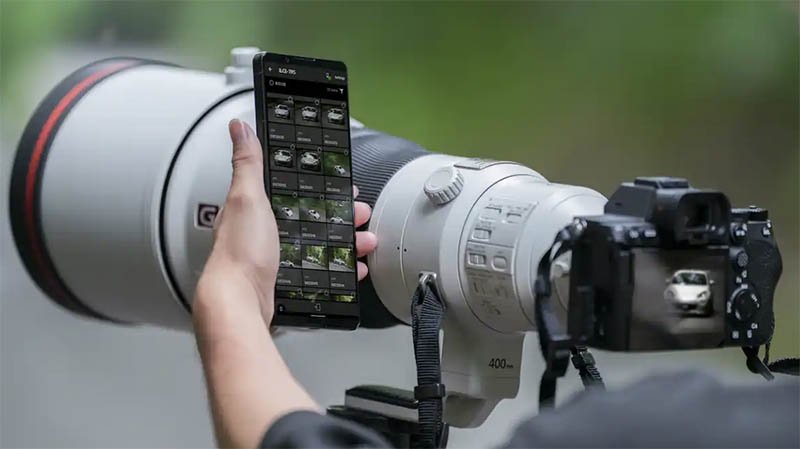
This means it should be able to use parallel channels of communication to other MIMO devices. This helps the camera deliver wireless tethering despite its large file sizes.
Pixel Shift Mode
Both cameras support Pixel Shift and a choice of four or sixteen frames to create a 240.8 million pixel image. Unfortunately you will need to composite the images using Sony’s Imaging Edge desktop software.
The a7R V with its 8 stops of image stabilization has a small advantage over the a7R IV since the camera needs to be perfectly still and on a tripod.
A new version of Imaging Edge Desktop will be released at the same time as the a7R V that can automatically detect and correct small movements in the 16 images, such as leaves in trees or people, unfortunately this won’t be possible with the a7R IV.
There’s not an updated video for the a7R V and Pixel Shift, but here’s one explaining how it works with the a7R IV.
Live Streaming
The a7R V gains easy streaming in 4K with a UVC/UAC compatible smartphone or PC via its USB connection, allowing the a7R V to be used as a high-resolution webcam.
The a7R IV can still be used for streaming but it requires the use of Sony Imaging Edge Webcam and then the resolution is limited to 1024 x 576 pixels.
Firmware Updates
If you need to update the firmware of the a7R V then you will be relieved to know that this is now possible via memory card just like with the Sony a7 IV.
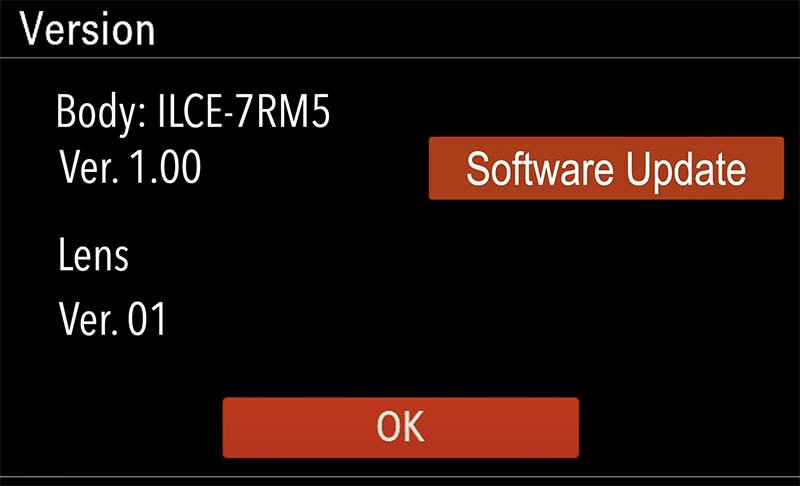
Simply download the latest a7R V firmware to your memory card, insert the card into memory card slot 1 and run the update. There’s no more connecting cables and navigating a bunch of security issues.
Unfortunately the a7R IV and a7R IVA both still require you to connect the camera to a computer to update the firmware, which is often a nightmare for Mac users.
Price
The a7R IV first launched with a price tag of $3,498 in the US, £3,499 in the UK and €3,999 in Europe.
Today you can purchase the a7R IVA for $3,498 in the US although it’s currently on offer for $2,999 (B&H Photo | Amazon). In the UK it will cost you £3,199 (Wex Photo) from an authorized dealer.
The a7R V has launched with an inflation busting price tag of $3,898.00 / £3,999.00 and €4,499 in Europe.
I don’t think you need me to do the math, the a7R V has increased substantially in price over the a7R IV, thanks largely to the global economic crisis.
Summary
Although the rumored 90MP+ sensor never made it into the a7R V, a lot of the features found in newer cameras like the Sony a1, a7SIII and a7 IV have been included, along with some new unique features of its own.
The one feature that may tempt a7R IV shooters to upgrade is the new Bionz XR processing engine which claims 8x the processing power of its predecessor. However, will this result in a higher number of keepers and an improvement in image quality? We won’t really know the answer to this question until they can be compared side by side unless we just take Sony’s word for it.
Sure it’s nice that the a7R V can now also detect and track trains and airplanes, but these were never really the most difficult subjects to shoot in the first place. I am curious about how well the insect tracking works though, as nailing the eyes on little bugs with a shallow depth of field is always a challenge!
It’s nice to see focusing bracketing finally included in an Alpha camera but more than a little disappointing that there is no in-camera focusing stacking and you’ll need to use Sony’s Imaging Edge Desktop for this.
If you are thinking about moving from an a7R III or a7III then the a7R V is definitely a big jump in terms of features and technology.
But if you are already shooting with the a7R IV then it might be a harder decision. Only you will know whether or not these new features are enough to convince you to upgrade, or perhaps you’d rather save a little more for a Sony a1.
Please let me know your thoughts on this comparison down in the comments below, especially if you already own the a7R IV. Are you tempted to upgrade?

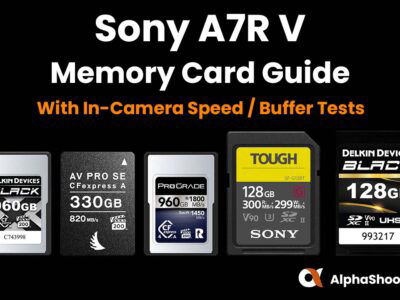
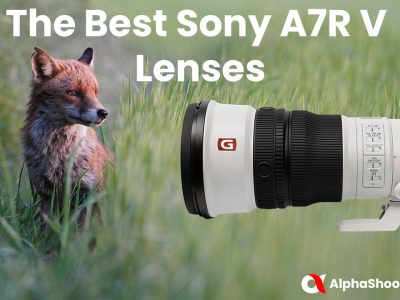
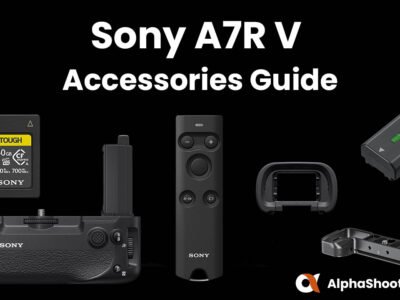
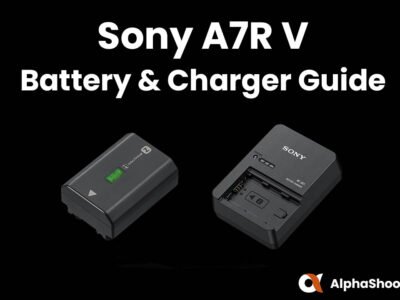
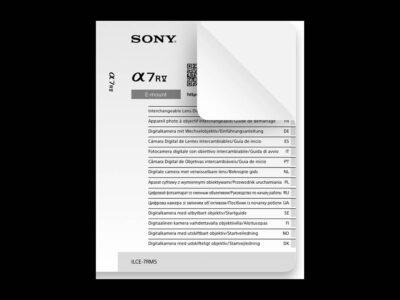

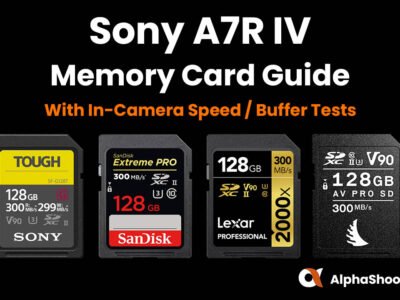

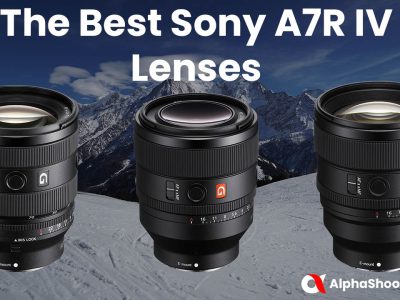
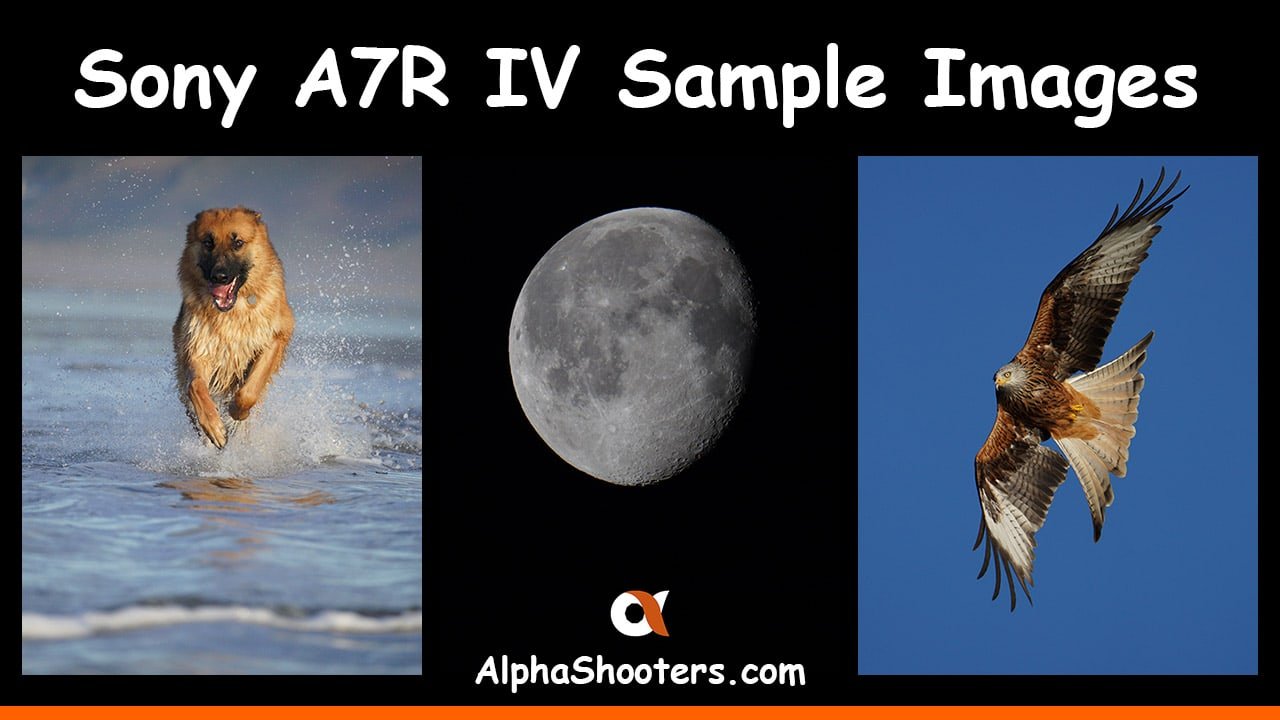
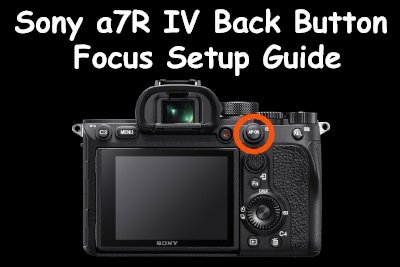
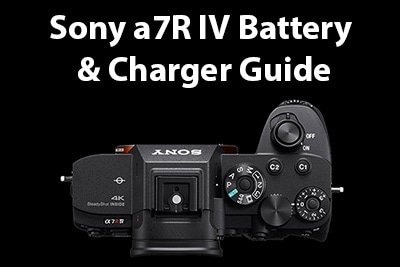
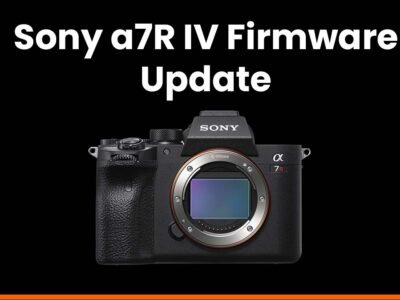
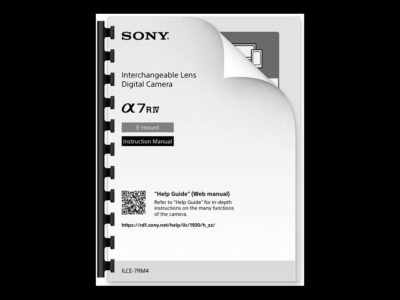

a mistake a7 r iv can record 8k video too ( I have it and 8se 8k video mode )
I was able to use the A7RV in the Sony Creative show in NYC this week 10/27/2022. They had some insects on display so that we could use the camera along with the 90mm Macro. I have to say that I was impressed with the way it was able to track the insects. I have to say that at least 80% of the time it tracked the head spot on then if not, it would jump to the body. The new LCD is a game changer. The viewfinder makes the one in the A7RIII feel like a piece of junk. The tracking on humans is lighting fast!
Thanks for sharing this with us Orlando! Definitely a big help for macro shooters.
Thank you for the work you have out into this Tim. The thing that I am most interested in is the IQ of RAW stills. Some reviews of the RV seemed to be jpeg only which have more in crra processing. Given RAW bypasses a lot of that, the IQ of RAW files ought to be similar )if noise reduction is off etc). What do you think? I’m no expert do I might be talking total rubbish! All the best
Sorry for the slow reply Graham. I’d imagine the image quality is going to be very very similar since it’s the same sensor. The new processor might help with keeping faster subjects in focus and exposed correctly, but without testing them side-by-side it’s going to be difficult to know for sure.
Great review, thanks for time and effort. I did find one small typo. Under the heading Electronic Viewfinder you state “this compares to 5.76 million …in the a7R V”. You meant to type A7R IV.
Cheers Fred and thank you for spotting that. Proof reading just before midnight probably isn’t the best time of day for me!
Thanks so much for the review.
As an A7Riv owner have to correct that unfortunately we don’t have bird detection as stated in the comparison
Thanks for spotting that Edu. I’ve corrected that now! I should of spotted in myself since I own the a7R IV as well! 🙄